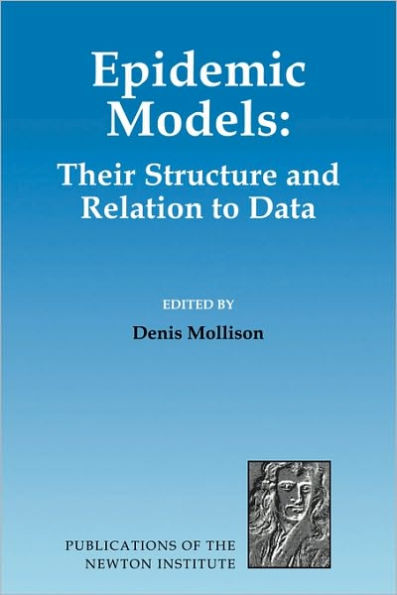5
1
9780521475365


Epidemic Models: Their Structure and Relation to Data / Edition 1 available in Hardcover

Epidemic Models: Their Structure and Relation to Data / Edition 1
- ISBN-10:
- 0521475368
- ISBN-13:
- 9780521475365
- Pub. Date:
- 07/13/1995
- Publisher:
- Cambridge University Press
- ISBN-10:
- 0521475368
- ISBN-13:
- 9780521475365
- Pub. Date:
- 07/13/1995
- Publisher:
- Cambridge University Press
181.0
In Stock

Product Details
| ISBN-13: | 9780521475365 |
|---|---|
| Publisher: | Cambridge University Press |
| Publication date: | 07/13/1995 |
| Series: | Publications of the Newton Institute , #5 |
| Pages: | 444 |
| Product dimensions: | 6.14(w) x 9.29(h) x 1.18(d) |
About the Author
From the B&N Reads Blog
